Recently, the first “Huawei Cup” Postgraduate Network Security Innovation Competition in China was held. Wuhan University (WHU) won five first prizes, ranking first among universities in China. The team called Luojia Hill’s AIMM from the School of Computer Science and Engineering took the national first prize in the creative works competition for their outstanding project “InvisDefense invisibility cloak, a wearable and all-weather equipment defending malicious detection of intelligent cameras”. The team was supervised by Professor Wang Zheng from the School of Computer Science and consisted of doctoral student Wei Hui from the School of Computer Science, postgraduates Li Zhubo and Dai Shuyv from the School of Cyber Science and Engineering, and postgraduate Jian Zehua from the Economics and Management School.
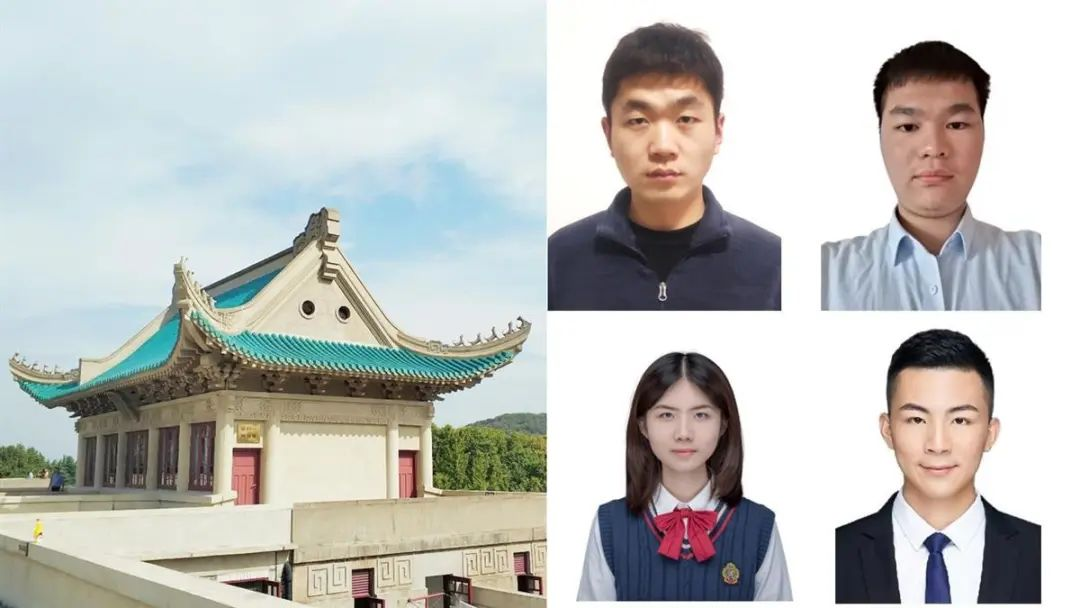
Team members of Luojia Hill’s AIMM
Unlike stealth fighter jets that are just invisible to radar, the InvisDefense invisibility cloak makes it invisible to machine recognition, not the naked eye. “Visual neural network refers to machine vision, not visual recognition of humans. It is widely used in video surveillance equipment with the pedestrian detection function and smart cars,” explained Prof. Wang.
The InvisDefense invisibility cloak involves a kind of camouflage pattern designed by a new algorithm, invalidating the commonly used method of pedestrian detection. “In layman’s terms, it means cameras can detect you but cannot determine that you are human.”

Principle analysis and effect displays
The InvisDefense invisibility cloak can provide all-weather stealth defense. In the daytime, particular camouflage patterns disturb the visual neural network effectively to make it blind. In the nighttime, however, InvisDefense embeds temperature control materials, thus realizing stealth under thermal infrared imaging through special color blocks. As a brand-new defense product, the InvisDefense’s invisibility cloak can be invisible under machine vision and therefore be used to protect personal privacy and security.
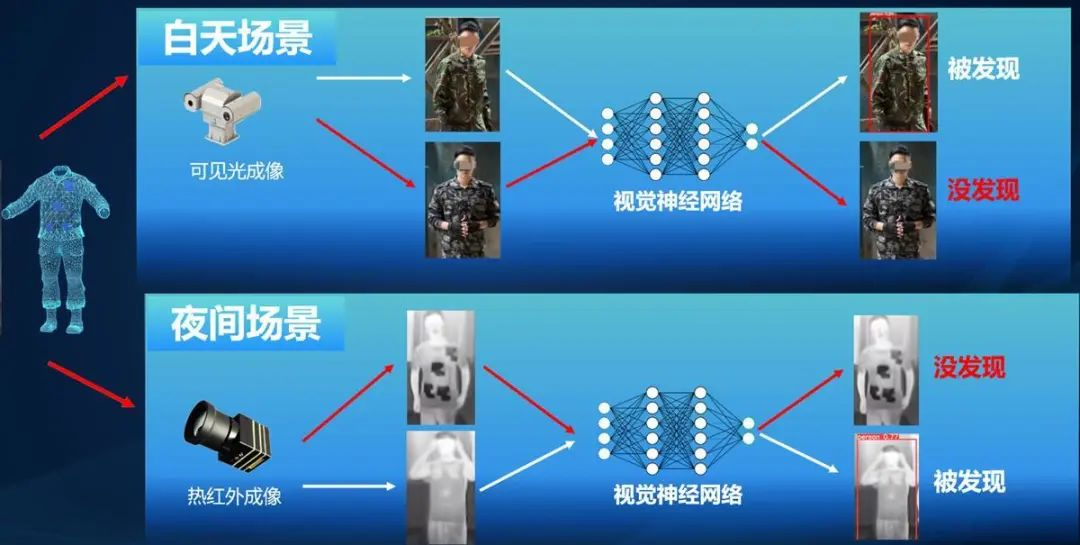
Different models in daytime and nighttime
Wei Hui was in charge of the core algorithm and design in the team. Since 2021, he has been doing research on trusted AI. In August, 2022, when the themes of the competition were announced, he found that the cyber security topic was in accord with his research interests. Therefore, he teamed up with other members and began to prepare for the competition. After the team was formed, they immediately began to prepare for the competition. In the beginning, how to transform their theoretical achievements into products proved quite difficult, so a core theme needed to be determined. After discussions and compromises within the team, the product—invisibility cloak - was jointly agreed.

The slides for the competition presentation
Turning theory into reality is not easy. “The first problem is to achieve a balance. For example, you may fool the cameras if you hide yourself with color blocks, but it’s hard to escape from human eyes, for it’ll make you conspicuous. As a result, we had to design the least attractive patterns that are able to nullify the effect of computer vision by the algorithm.” To realize the balance, members kept going through computer simulations, experiencing about 700 failures. “Sometimes, we printed a pattern to test it in a realistic environment and again found that it didn’t work, so we had to continue to improve it.” Wei Hui said that by cooperating and encouraging each other, members overcame considerable pressure and, in the end, tested the ideal results.

Algorithm framework of InvisDefense
“We tried it out on campus, and found that InvisDefense is effective both in the daytime and at nighttime. At present, we can achieve a 57 percent reduction pedestrian detection accuracy, which can be higher in the future.” When people wearing an InvisDefense invisibility cloak and those wearing ordinary clothes are moving in the same scene, monitoring devices will only capture and frame people who are not wearing the invisibility cloak as “person”.
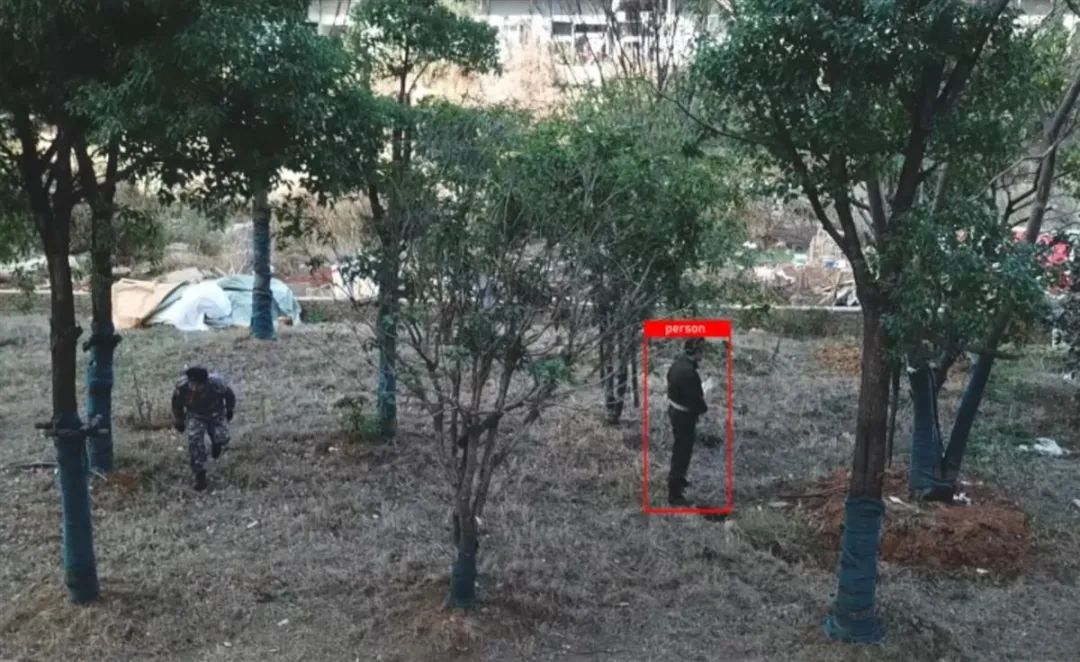
Test effect of the invisibility cloak
Another challenge in this competition was to make InvisDefense operate for as long as possible. The team aimed to find out the most economical plan. They first tested the warmer pad and cooling sheet. After changing partial temperature, they needed to figure out an arrangement to successfully disturb computer visual recognition. Through their unremitting efforts, the best plan came into being based on the idea that computers’ infrared imaging recognition systems will go blind if four pieces of irregular-shaped temperature control materials are embedded.
After winning the prize, members were eager to express their sincere gratitude to their tutor, Prof. Wang. Whether the program met a bottleneck or they had to discuss how to present the best results, Prof. Wang always stood by their side, giving the team scientific guidance, and supporting them.
Mutual encouragement between team members was also powerful. Wei Hui was selected to do the presentation in the final competition. The time for preparation was quite limited for it only lasted half a month before the final stage. Wei Hui frankly admitted to his poor expressive ability and said that it was his teammates’ positive encouragement and suggestions that gave him the confidence to defend.
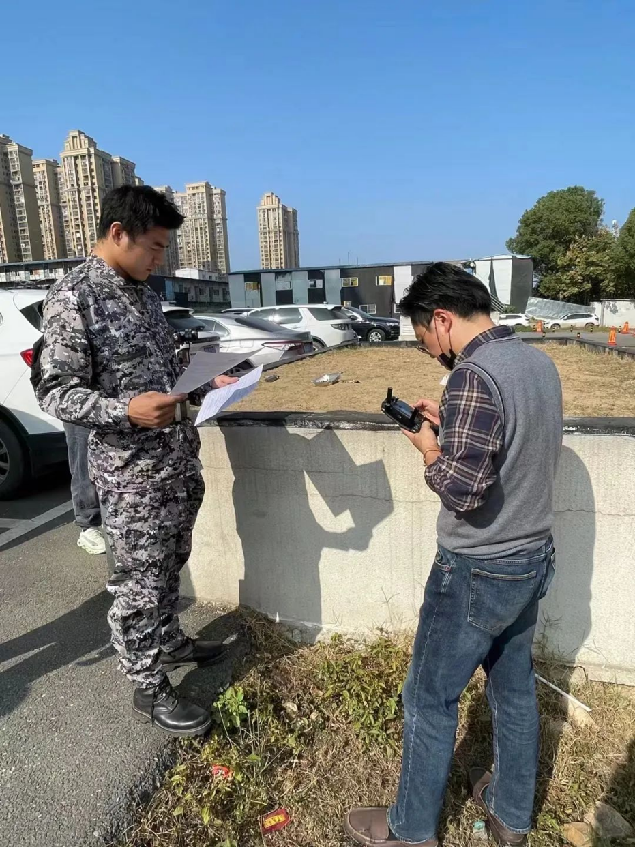
Members prepare under the guidance of Prof. Wang
From the preliminary to the final competition, the four members fought together for their common purpose. Every day and night that they wrote reports and tested results together will definitely become one of their unforgettable memories.
At present, the InvisDefense invisibility cloak has received two patents, and the related results have also been accepted by AAAI2023, a top academic conference on artificial intelligence in category A of CCF (Chinese Computer Society). All the reviewers spoke highly of their project as being interesting, cost-effective, having high operability and excellent results.
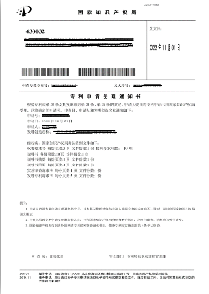
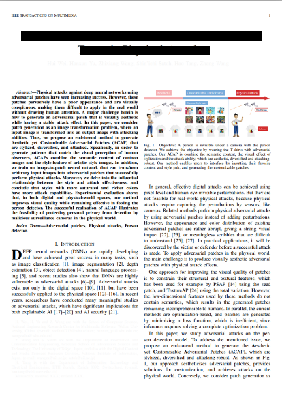
Materials and results
Talking about the practical application prospects of the project, Wang Zheng believes that the invisibility cloak will likely contribute to the national defense of China. For the civilian side, the value of the project is to reverse the promotion of the security of artificial intelligence (AI) models. “Researching Internet security is about discovering flaws and then plugging loopholes through constant confrontation between attacks and defense. Our results prove that both AI and computer recognition technologies have room for further development,” said Prof. Wang. “The research for the program is connected with many principles in AI fields. For example, by doing analogous tests, intelligent driving will identify road conditions more accurately,” Prof. Wang added.
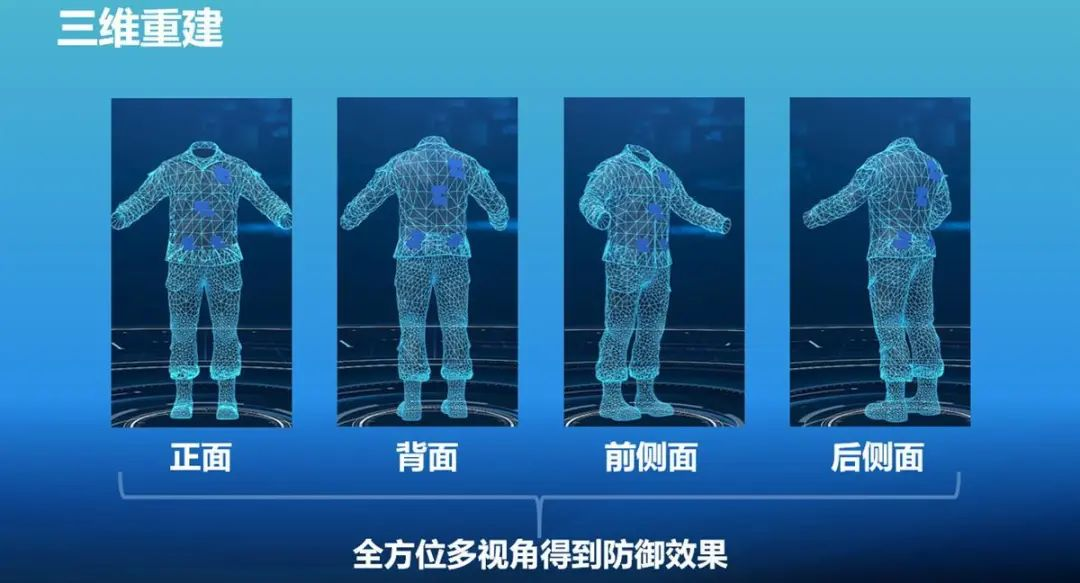
Further research and applications of the InvisDefense program
When it comes to the feelings of the participants in this competition, the team members thought that this opportunity has effectively cultivated their scientific innovation and engineering practice ability. It also encouraged more students to actively try their favorite direction and participate in related competitions during their college years. As Prof. Wang said, “Doing research is full of pleasure. What matters most is that students have the chance to choose their favorite direction and serve all walks of life.”
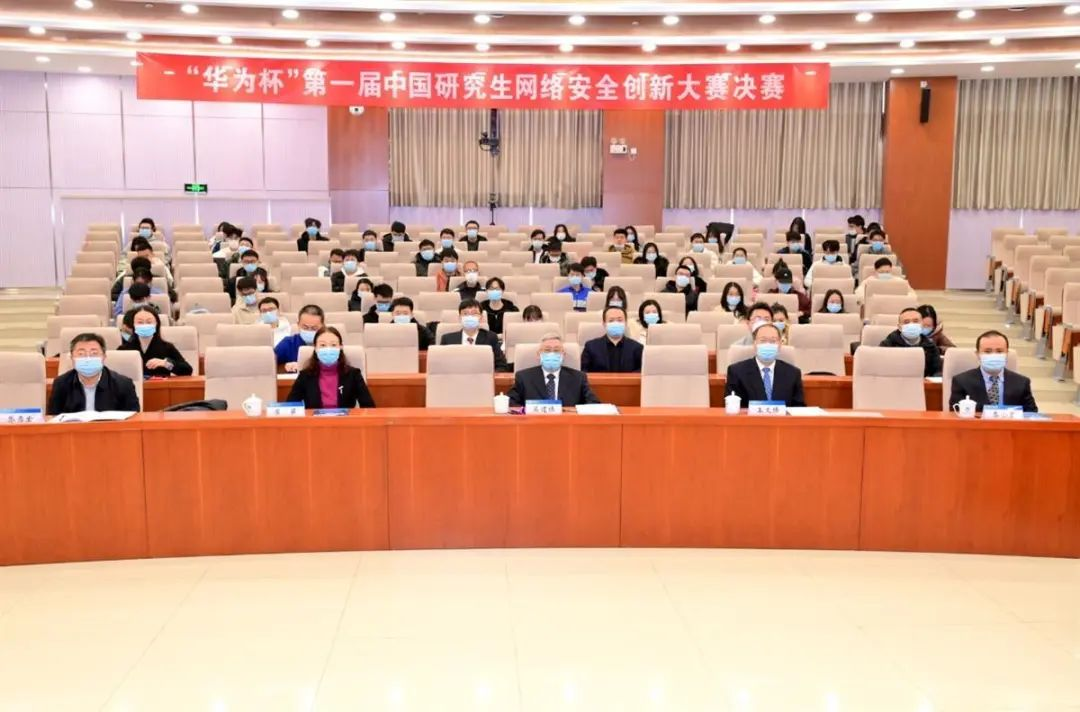
Final of “Huawei Cup” Postgraduate Network Security Innovation Competition
At present, the team continues to research stealth defense systems aiming at machine vision, with visible light, thermal infrared, remote sensing and other imaging, including stealth of persons, cars, and other things. In the future, the team will continue to improve their program InvisDefense invisibility cloak and conduct further valuable research in the field of AI security.
Just like Wei Hui and his teammates, more and more WHU students follow a similar route. By offering and developing their expertise, they create, innovate, and continuously practice to further improve the development of various fields.
Rewritten by Gao Fei
Edited by Li Jing, Su xinyue, Sylvia, Xi Bingqing